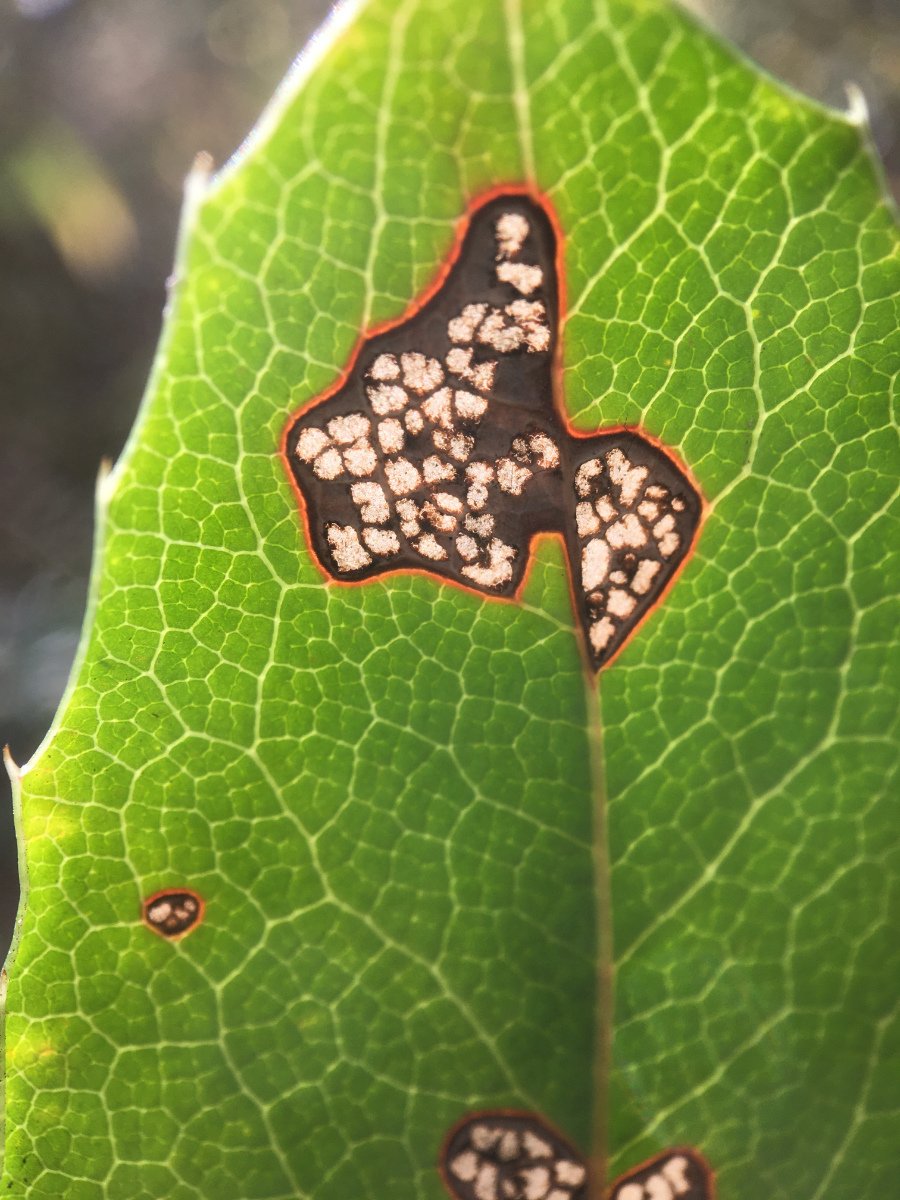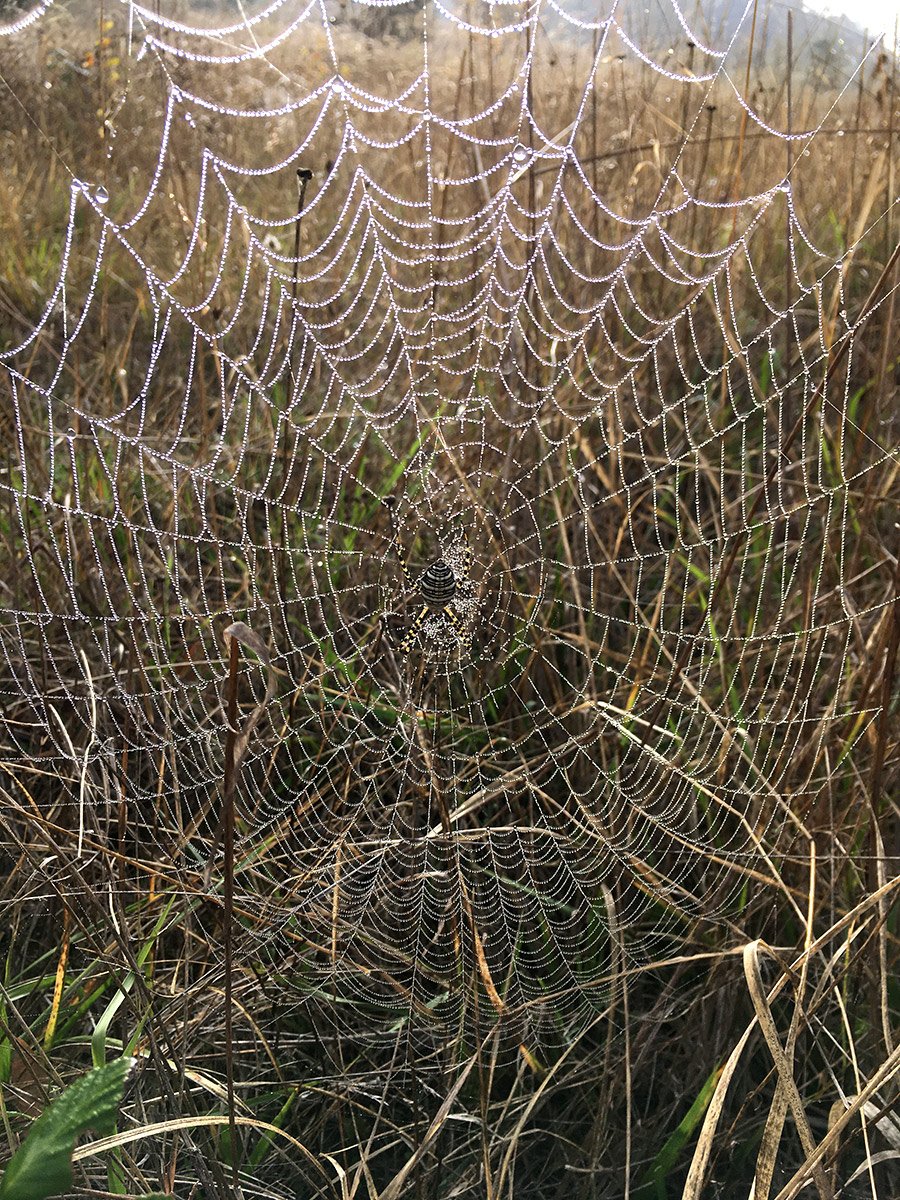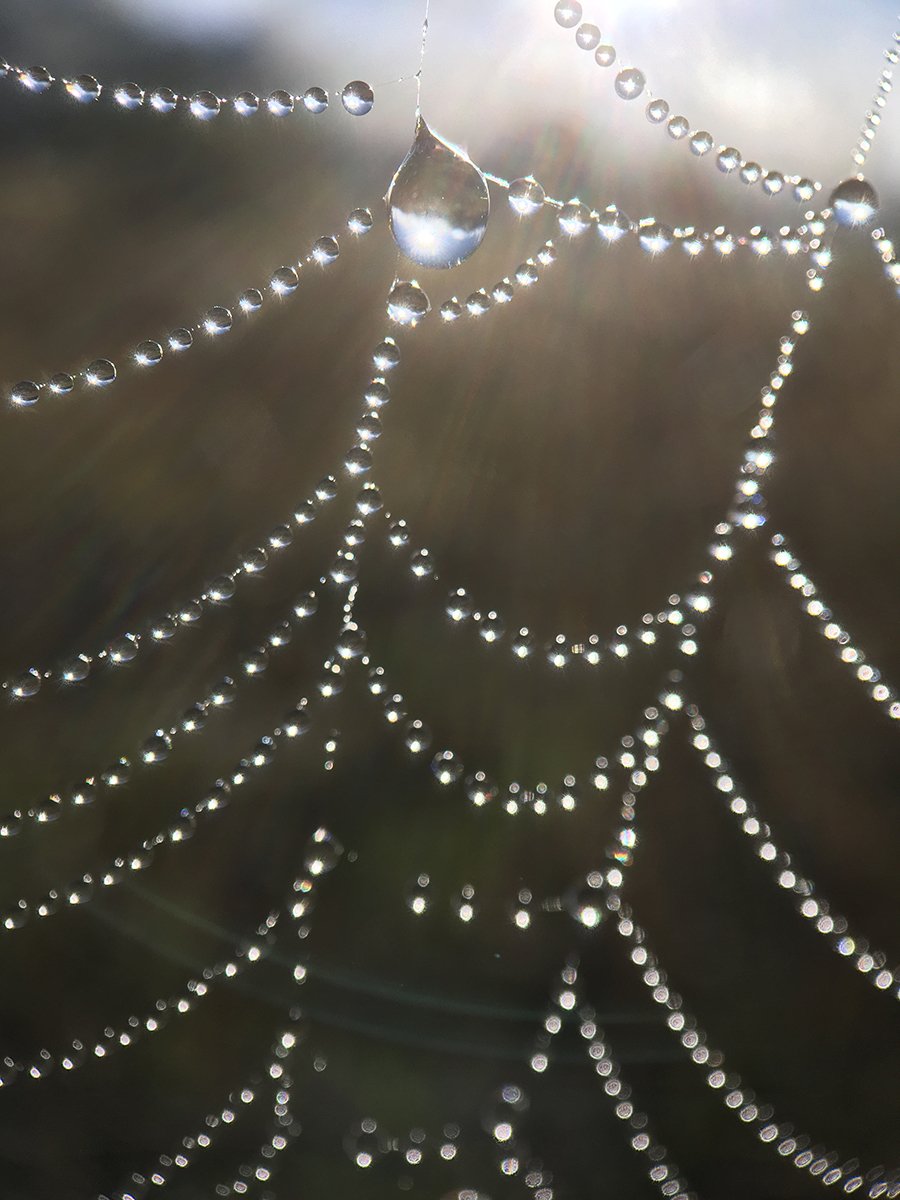When the deciduous trees lose their leaves for the winter, the life that was slightly obscured and perhaps overlooked can become more easily seen as the landscape becomes more open.
On the left-hand side of the main trail, as it winds between the wetlands and the river, black knot fungus can be seen infecting many of the small trees of the understory.
The bumpy, black growths that grow along stems and trunks are called galls. The growth of these galls is stimulated by the release of chemicals from the fungus that makes the tree grow abnormal plant cells. After the first year, the galls appear velvety, olive green. After the second year, they reach maturity and turn knobby, rough, and black. The spores will overwinter and release the following spring.
Black knot fungus can be tolerated by many trees without negatively affecting the health of the tree. On the other hand, these fungal galls often cause damage by cracking open branches or the trunk of the tree. This makes it susceptible to wood rot fungi or other maladies.
Black knot is a fairly common disease of trees in the genus Prunus, which includes many fruits such as plums, cherries, peaches, nectarines, and apricots. There is a nonnative cherry tree that has spread throughout the arboretum. I guess that many of the infected trees I see out in the wetlands area are these cherry trees.































































